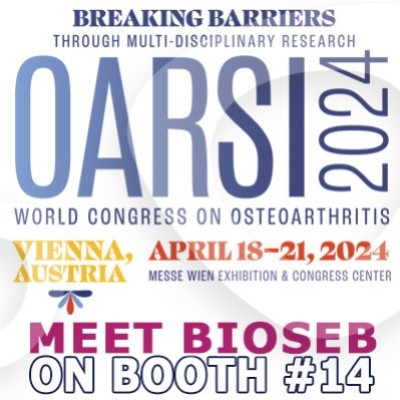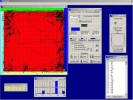Authors
O Vassal, P Del Carmine, F-P Desgranges, L Bouvet, M Lilot, N Gaot, Q Timour-Chah, D Chassard
Lab
Department of Anesthesia, H™pital Femme Mere Enfants (Hospices Civils de Lyon), Lyon, France
Journal
Pain Medicine
Abstract
Objective Epidural blood patch is the procedure of choice to relieve postdural puncture headache. Hydroxyethyl-starch (HES) has been proposed as a patch in some circumstances such as in the case of hematological disease due to the theoretical risk of neoplastic seeding to the central nervous system. Acute neurological HES toxicity has been excluded by a previous animal study, but the long-term neurological toxicity has not been evaluated.
Methods Rats were randomly assigned to one of three groups: no intrathecal injection, 20__L of intrathecal saline, or a 20-_L intrathecal HES (6% hydroxyethyl starch 130/0.4) administered via a cervical puncture. Clinical daily rat activity was measured before and after dural puncture by actinometry. The rats were killed at day 28, and the spinal cord was surgically removed and stained with hematoxylin-phloxine-saffron for gross and microscopic examination.
Results Eleven rats underwent dural puncture without injection, 11 were injected with normal saline, and 12 received intrathecal HES. No clinical or actimetric changes (total distance traveled, number of direction changes, and number of rearings) were observed up to one month after injection. Nonspecific histopathological changes were equally observed in all groups.
Conclusions The results of the current study indicate that intrathecal injection of HES in rats does not induce any clinical or histopathological evidence of long-term neuronal toxicity. Further safety studies in animals are warranted before HES might be considered a safe alternative to the classic epidural blood patch.
BIOSEB Instruments Used:
Acquisition software: ACTITRACK (ACTITRACK)

 Pain - Thermal Allodynia / Hyperalgesia
Pain - Thermal Allodynia / Hyperalgesia Pain - Spontaneous Pain - Postural Deficit
Pain - Spontaneous Pain - Postural Deficit Pain - Mechanical Allodynia / Hyperalgesia
Pain - Mechanical Allodynia / Hyperalgesia Learning/Memory - Attention - Addiction
Learning/Memory - Attention - Addiction Physiology & Respiratory Research
Physiology & Respiratory Research
 Pain
Pain Metabolism
Metabolism Motor control
Motor control Neurodegeneration
Neurodegeneration Cross-disciplinary subjects
Cross-disciplinary subjects Muscular system
Muscular system General activity
General activity Mood Disorders
Mood Disorders Other disorders
Other disorders Joints
Joints Central Nervous System (CNS)
Central Nervous System (CNS) Sensory system
Sensory system Bioseb on booth #14 at OARSI 2024 in Vienna
Bioseb on booth #14 at OARSI 2024 in Vienna 